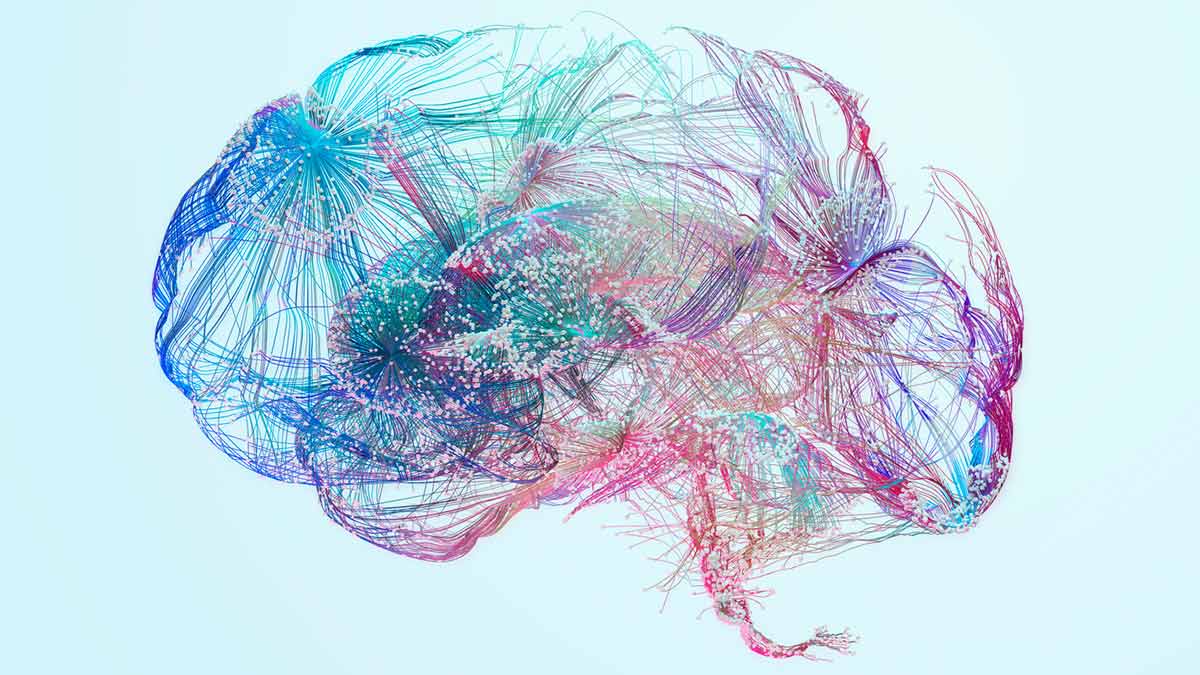Scientists from the Trinity Biomedical Sciences Institute (TBSI) have shed new light on ageing processes in the brain. By linking the increased presence of specialised immune cells to conditions such as Alzheimer’s disease and traumatic brain injury for the first time, they have unearthed a possible new target for therapies aimed at treating age-related neurological diseases.
The research, which benefited from a collaboration with experts at the University of Maryland School of Medicine and focused on microglia in the brain and spinal cord, was published recently in leading international journal Science Advances.
Microglia are a unique type of immune cell whose job it is to support nerve cells, defend against invading microbes, clear debris and remove dying nerve cells by engulfing and eating them. Emerging research indicates that microglia can have different functional responses, depending on molecular and biochemical changes occurring within these specialised cells.
In fact, various subtypes of microglia can be distinguished based on a property called autofluorescence. This is the tendency of cells to emit light of one colour after they have absorbed light of another, and it occurs because specific substances inside the cells absorb light. The substances stored in specialised cellular compartments include fat molecules, cholesterol crystals, metals and other misfolded proteins.
Prof David Loane, Assistant Professor of Neuroscience in Trinity’s School of Biochemistry and Immunology in TBSI, is the lead author of the research. He said: “As the brain ages, these materials build up inside autofluorescent microglia, which increase their autofluorescence as a result. Unfortunately, this accumulation of cellular debris also makes it harder for the microglia to perform their essential garbage collection tasks in the brain and to prevent neurological injury and neurodegenerative disease.
“In this study we found — in aged animals — that these microglia adopt a unique, dysfunctional state, which has a number of problematic impacts. For example, there is an increase in cellular stress and damage, an accumulation of fats and iron, alterations to metabolic processes, and an increase in production of molecules that ‘over-egg’ the immune response.”
In addition, the scientists demonstrated that autofluorescent microglia and associated inflammation were more pronounced under pathological conditions, such as in genetic risk factor models of Alzheimer’s disease, and — promisingly — were reversed by drug-assisted microglial replacement in aged animals.
Prof Loane added: “Furthermore, environmental exposure to acute traumatic brain injury in animals accelerated the age of onset and tissue-wide distribution [of] autofluorescent microglia by increasing oxidative stress damage in the brains of injured animals.
“As a result, increasing evidence now suggests that the accumulation of autofluorescent microglia contributes to diseases of ageing and neurodegeneration. If these sub-populations of microglia are highly inflammatory and damaging to the brain, then targeting them could be a new strategy for treating aging-related diseases.”







